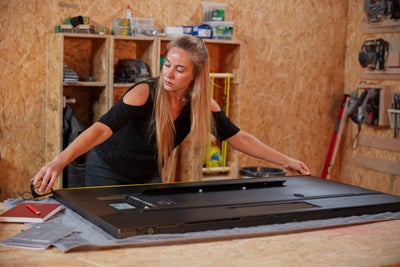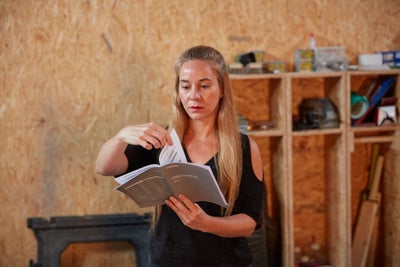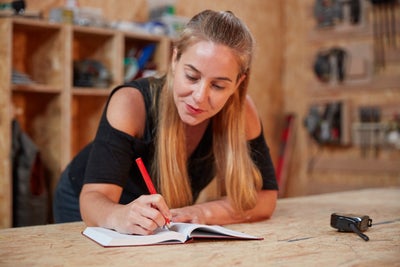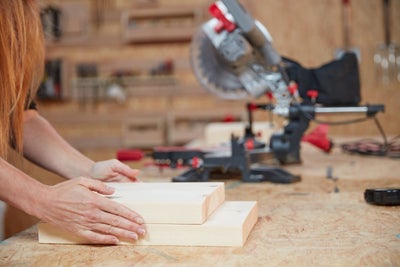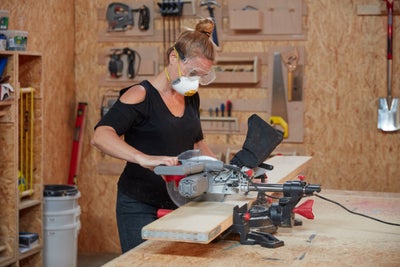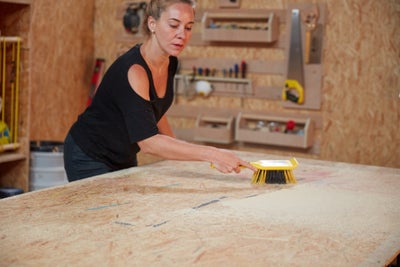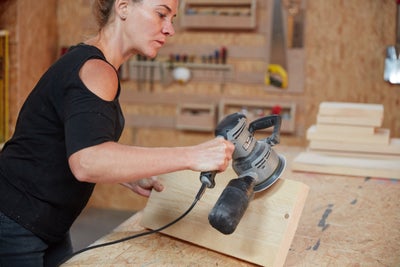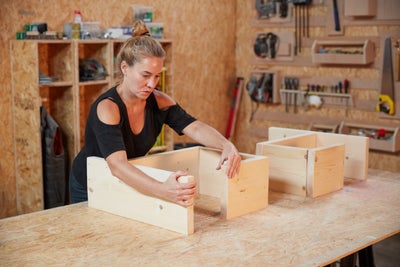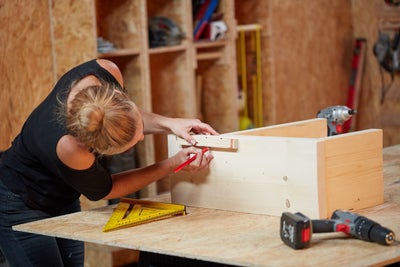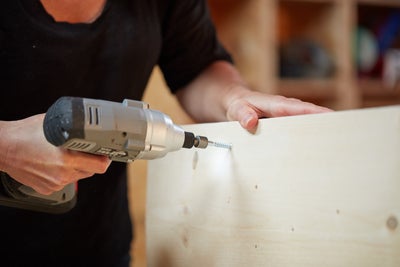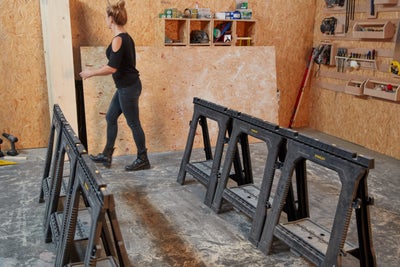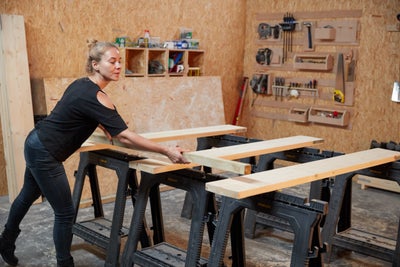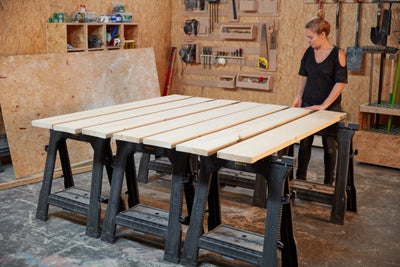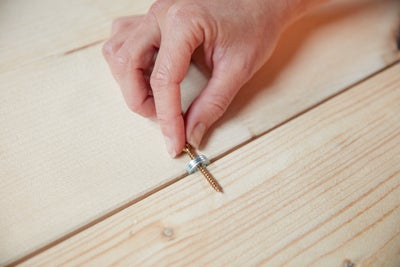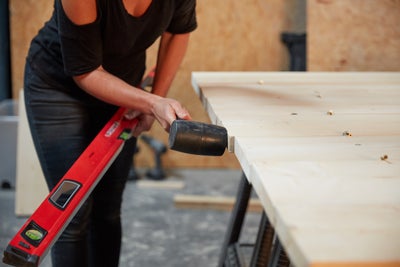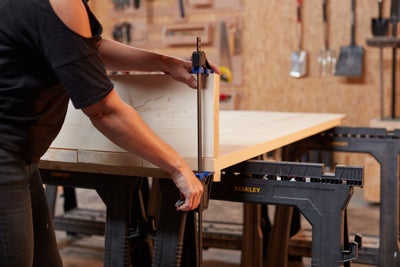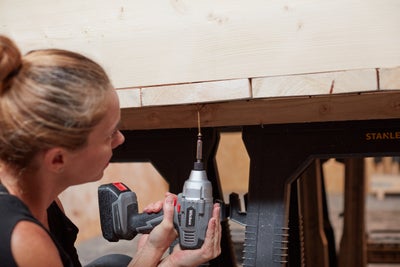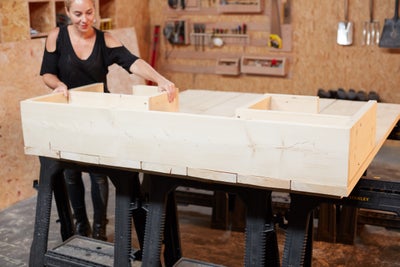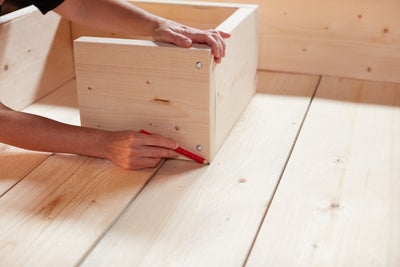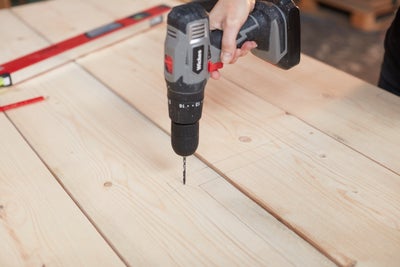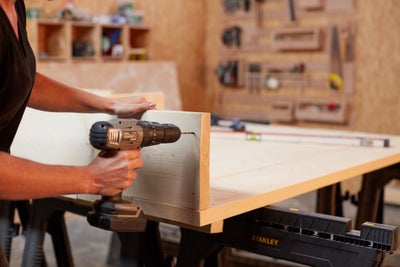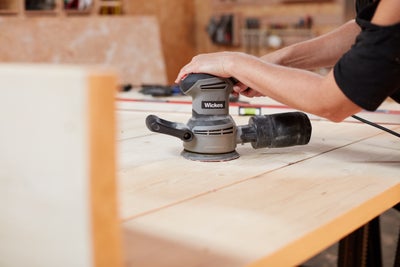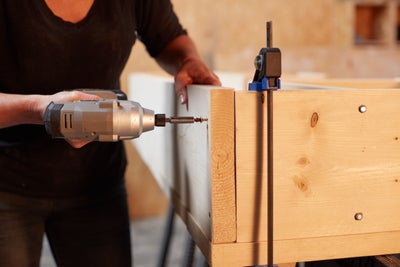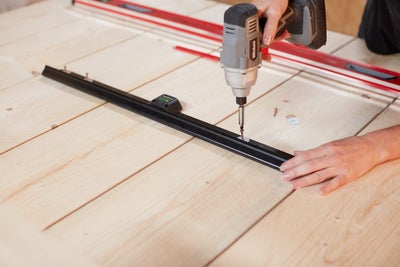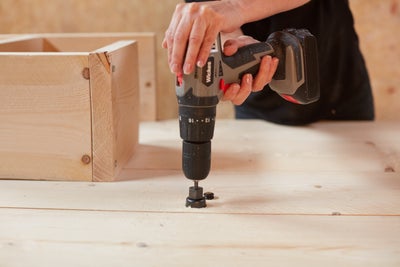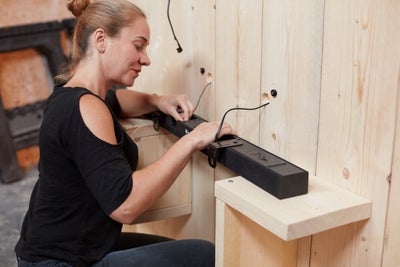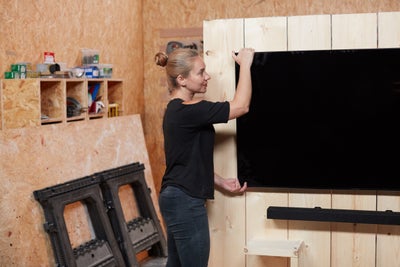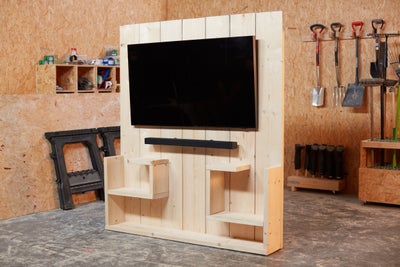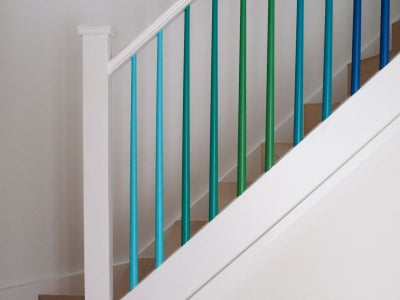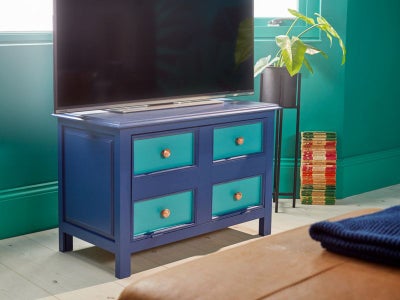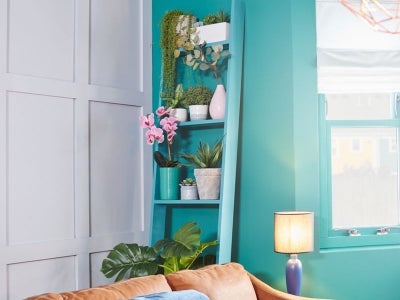How to create an entertainment wall unit
Planning & preparation
- We’re going to show you how to build an entertainment wall unit, step by step.
- It gives you the perfect centrepiece for your front room, combining everything you need in one handy unit on which you can mount your tech.
- It’s designed to be custom made, so you can make sure it fits your space perfectly. Enjoy the opportunity to get creative.
- All of the materials used are available from Wickes.
- It should take a DIYer with moderate skill approximately a day to build.
Doing it right
- It’s designed to be custom made, so you can make sure it fits your space perfectly. Enjoy the opportunity to get creative.
- Work out which side of your scaffold boards is more aesthetically pleasing. This is the side you want forward-facing.
- If you want to paint, stain or varnish your wood, make sure to do this before you start constructing the unit.
Staying safe
- Always make sure that your chop saw is unplugged while you’re setting it up or changing accessories, to ensure your safety.
- Keeping the plug in sight acts as a visual reminder to prevent accidents and hazards.
- For extra safety when using power tools and painting, be sure to wear protective equipment, including your ear defenders, goggles and dust mask.
